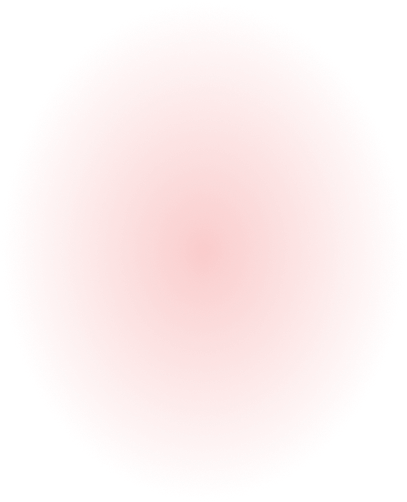Screen for Proteins Interacting with APP and its Homologues

About the Research Project
Program
Award Type
Standard
Award Amount
$200,000
Active Dates
April 01, 1995 - March 31, 1997
Grant ID
A1995038
Summary
A salient feature of Alzheimer’s disease (AD) neuropathology is the accumulation of large numbers of senile plaques and blood vessel amyloid deposits in the brain. The main component of Alzheimer’s amyloid is a peptide called Aß which is derived from a larger amyloid beta protein precursor called APP. The accelerated deposition of Aß amyloid in the brains of patients with AD has prompted intensive investigations regarding the role of APP in this disorder. Recently molecular investigations aimed at determining the mechanism by which APP defects lead to a rare form of early onset familial Alzheimer’s disease (FAD) have suggested that increases and alterations in the generation and secretion of the Aß peptide to underlie the disease process. This information, taken with that provided by studies of Alzheimer amyloid over the last fifteen years have encouraged research groups around the world to initiate research programs aimed at trying to govern how APP is processed in the brain with special emphasis on how the Aß peptide is produced and expelled by cells. From recent studies, it is now clear that the Aß peptide is secreted by neurons as a normal by-product of APP. We also know that APP is a member of a protein family which includes the APP-lik.e proteins, (APLPs) whose members are abundantly expressed and share specific biochemical properties with each other.
It would appear from these combined findings that, if defects affecting the processing of APP underlie the cause of some or all forms of AD, then it is imperative that we attain a clear understanding of both the normal biological role of APP in the brain, and of the factors that regulates its processing. This information must then be used as a guide for the design of therapies which are based on manipulating the processing of APP and production of Aß. Otherwise, well-intended treatments could conceivably lead to more problems than they correct by interfering with the normal role of the APP/ APLP proteins or even the secreted Aß, itself. Finally, it is also possible that the known APP mutations associated with FAD directly alter the normal function of APP in addition to inducing changes in the production of the Aß peptide. Therefore, the proposed study is intended to provide critically needed data regarding the factors and molecular interactions governing APP/APLP processing and Aß production. For this purpose, we propose to continue our ongoing employment of a screening system call the “interaction trap” (IT) to rapidly identify molecules that interact with APP and/or the APLPs. The ultimate goal of the proposed studies is to lay the groundwork for elucidating the normal biological function of APP/APLP by providing information concerning the molecules that may control APP processing and the generation of Aß. We believe that the experiments described in this proposal represent a logical first step toward achieving this goal.
Related Grants
Alzheimer's Disease Research
Linking Plaque Shapes to Amyloid Structures in Alzheimer’s Disease
Active Dates
July 01, 2025 - June 30, 2027

Principal Investigator
Anllely Fernandez, PhD
Current Organization
Indiana University
Alzheimer's Disease Research
Amyloid Precursor Protein Processing Through a Novel Pathway in Alzheimer's Disease
Active Dates
July 01, 2025 - June 30, 2028

Principal Investigator
Justyna Dobrowolska Zakaria, PhD
Current Organization
Northwestern University
Alzheimer's Disease Research
Exploring the Origin and Composition of a Unique Pathology in Alzheimer's Disease
Active Dates
July 01, 2025 - June 30, 2028

Principal Investigator
Cyril Pottier, PhD
Current Organization
Washington University in St.Louis




